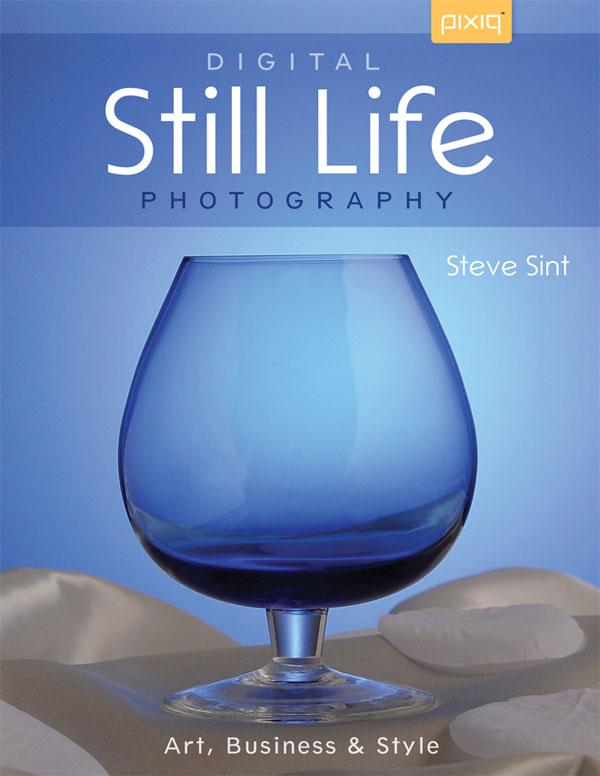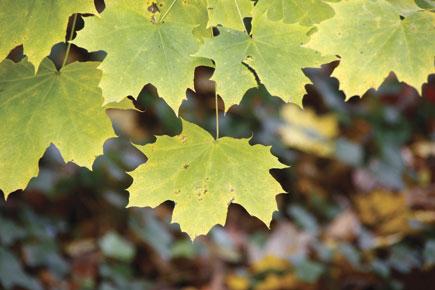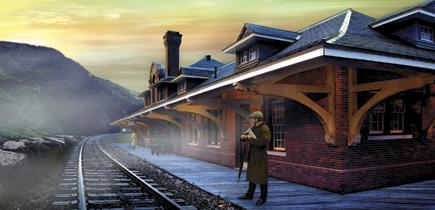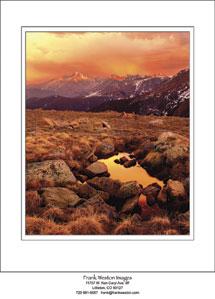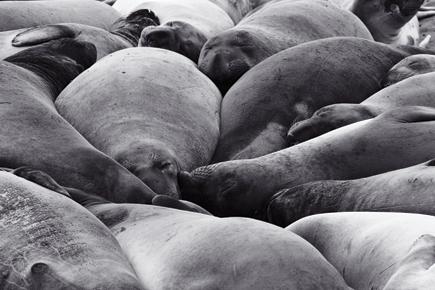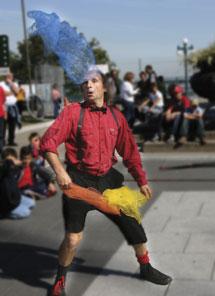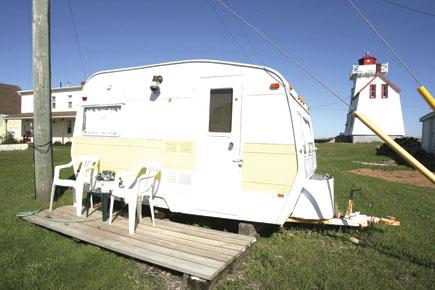Pro Techniques
Sort By: Post DateTitle Publish Date
|
Apr 24, 2014 |
|
Mar 01, 2000 |
|
Sep 01, 2009 |
|
Jul 05, 2013 |
First Published: Jun 01, 2013 |
|
Apr 15, 2014 |
First Published: Mar 01, 2014 |
|
Apr 01, 2009 |
|
Sep 01, 2009 |
|
Jul 01, 2008 |
|
Apr 30, 2013 |
First Published: Mar 01, 2013 |
|
Feb 21, 2014 |
First Published: Jan 01, 2014 |
|
Feb 01, 2009 |



